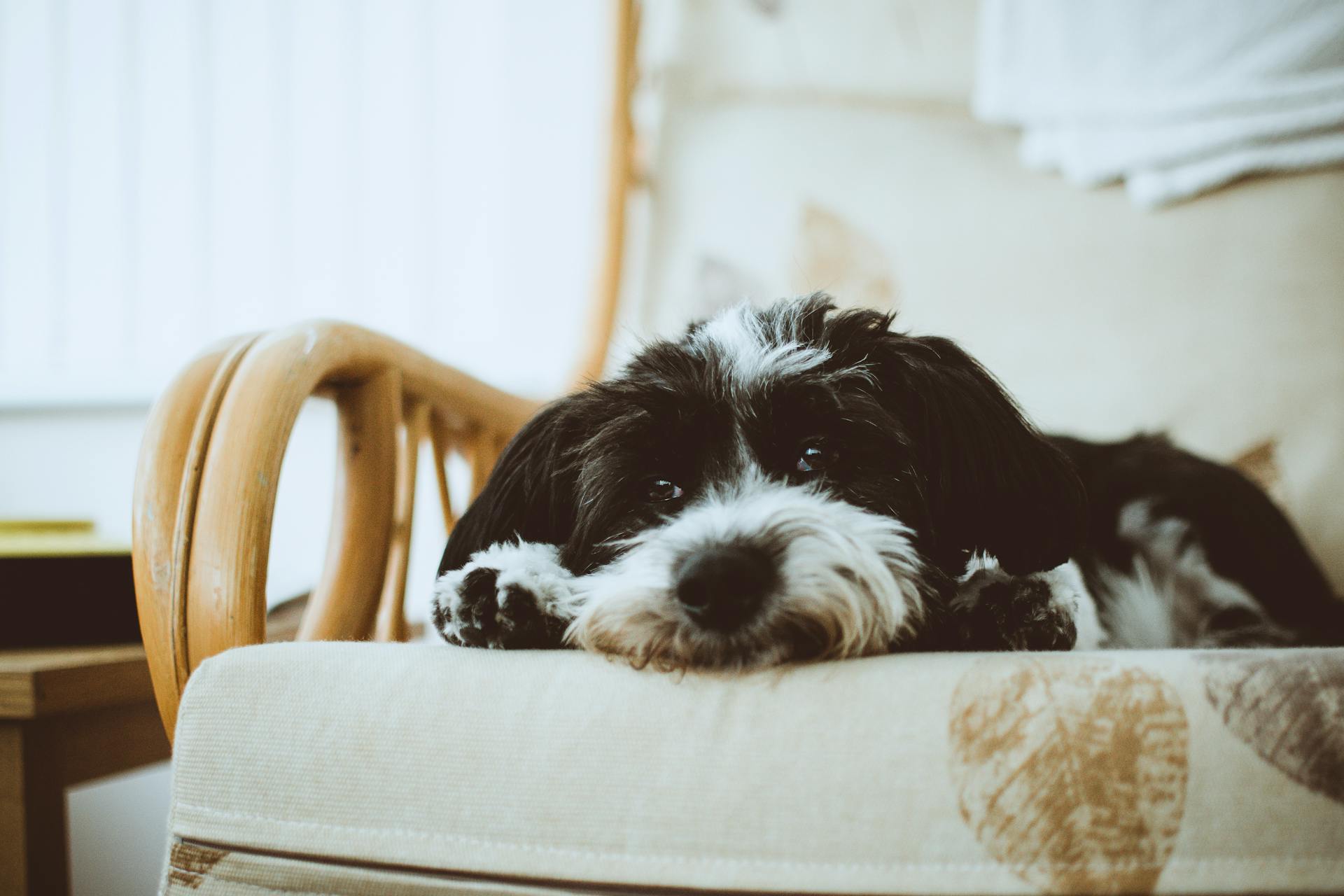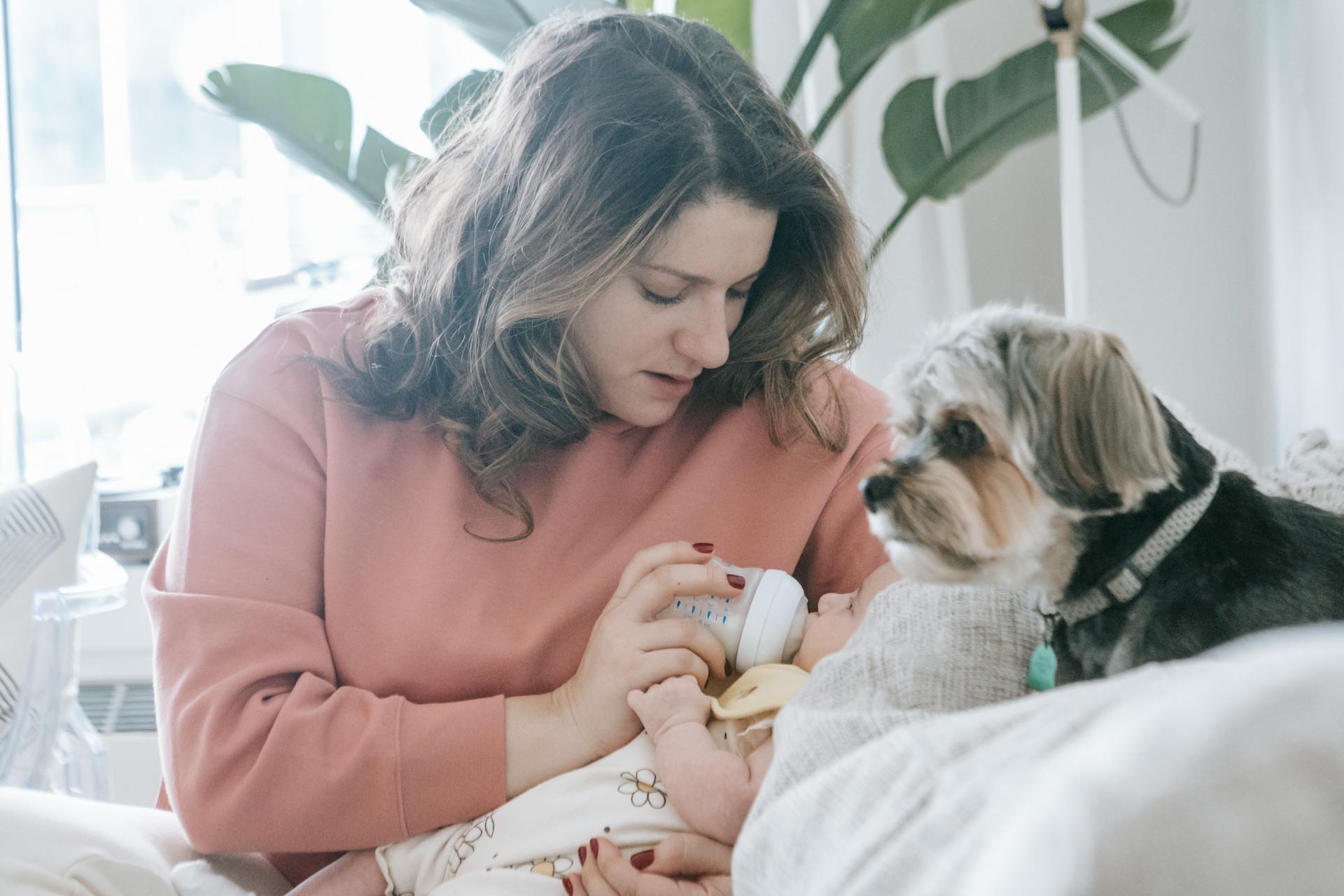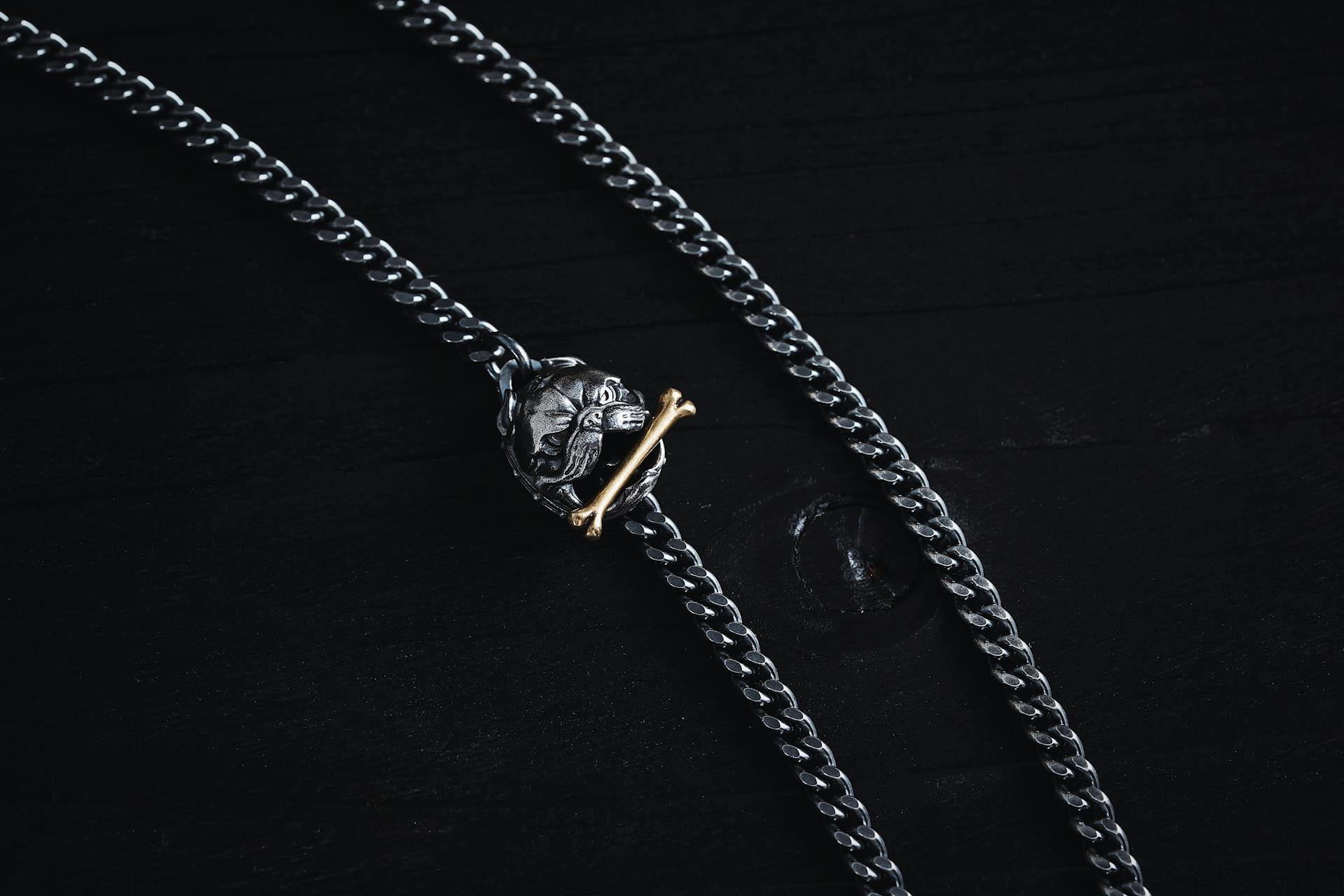
The Havanese breed is known for being intelligent and responsive to training, making them a great candidate for potty training. They can learn to eliminate outside in as little as 4-6 months.
To begin potty training, it's essential to establish a routine that works for you and your Havanese. This can include taking your puppy outside to the same spot after meals, naps, and playtime.
Havanese puppies have small bladders and can't hold their urine for long periods, so frequent potty breaks are necessary. This can be as often as every hour, or even more frequently in hot weather.
Consistency is key when it comes to potty training, so be prepared to stick to your routine even on weekends and holidays.
Preparation and Setup
Before starting havanese potty training, it's essential to establish a routine and create a potty-friendly environment.
Choose a quiet and private spot for your havanese's potty area, such as a bathroom or a designated potty zone.
Havanese puppies can hold their bladder for about 1-2 hours, so take them to the potty area frequently, ideally every hour.
Pick up your havanese's favorite treats and toys to use as rewards for successful potty breaks.
A consistent schedule will help your havanese learn to associate certain times of the day with potty breaks, such as after meals and naps.
Training Techniques
Crate training is a useful skill for Havanese puppies to learn, as it helps them understand when it's time to use the bathroom and prevents accidents in the house.
Dogs don't want to soil their sleeping space, so they're more likely to alert you to the need to pee by scratching at the door or whimpering.
Gradual crate training is essential, with short periods increasing to longer ones, and your Havanese should never be shut inside for too long.
Puppies in crates that are too large may find a sneaky spot to pee in, while a too-small crate will restrict their movement and make them feel trapped.
For your interest: Crate Training Not Working
The Havanese breed requires a gentle and understanding approach during training, recognizing their sensitive nature and employing consistent, positive techniques can make the potty training process smoother.
Teaching the "pee" cue is a helpful tool, where you say "pee" when your Havanese is about to pee outside and reward them with praise and treats when they've finished.
This cue helps your dog associate the word "pee" with the action, making it easier to train them to pee on command later on.
On a similar theme: When to Start Potty Training Puppies
Crate Training: An Aid
Crate training can be a valuable tool when potty training a Havanese. Dogs naturally avoid soiling their sleeping areas, so using a crate can help reinforce this instinct. Begin with short durations in the crate and gradually increase the time, ensuring regular potty breaks.
Puppies in crates too large for them might find a sneaky corner spot to pee in, whereas a too-small crate will restrict their movement and make them feel trapped. So, it's essential to pick a crate that's neither too big nor too small for your Havanese.
For your interest: Crate Training Tips for Puppies
Use rewards and lots of positive reinforcement to help your puppy get used to their crate. This will make the crate a safe haven for your Havanese, rather than a place of punishment.
Crate training is a gradual process, and your Havanese puppy should only spend small amounts of time in the crate at first before building up to longer periods. Consistency is key when introducing crate training to your Havanese.
Havanese dogs are intelligent, so they're easier to train, but potty training is never easy, especially for toy dogs that have smaller bladders. With patience and the right training tools, you can potty train your Havanese puppy in no time.
For your interest: How to Crate Train Puppies for Potty Training
Accident Prevention and Response
Accident prevention and response are crucial when it comes to havanese potty training. Your havanese will make mistakes, and it's essential to remain calm and patient.
Don't yell or scold your havanese if they have an accident. Instead, calmly take them outside to the designated potty area and wait for them to finish. Reward and praise them if they do.
If you catch your havanese in the act, gently interrupt and guide them to the designated potty area. Cleaning up accidents thoroughly is also crucial to remove lingering odors that might encourage them to return to the same spot.
To clean up messes, invest in a good pet enzyme cleaner that removes all traces of odors. These cleaners are often formulated to discourage repeat incidents.
Respond to Accidents
Responding to accidents is crucial in helping your Havanese understand what's expected of them. They're still learning, after all.
Your puppy or adult Havanese will make mistakes, and it's essential to remain calm in these situations.
Don't scold or punish your Havanese for accidents - it won't help them learn. They're not doing it to misbehave, but rather because they don't understand where to go yet.
If your Havanese pees or poops inside the house, take them outside to the designated spot immediately.
Dealing with Accidents

Dealing with accidents is a normal part of potty training a Havanese. Accidents can happen, especially during the early stages of potty training.
Staying calm and patient is crucial when dealing with accidents. Reacting negatively or scolding your Havanese can lead to anxiety and fear, which may hinder the training process. Instead, gently interrupt and guide them to the designated potty area.
Cleaning up accidents thoroughly is essential to remove any lingering odors. Dogs are drawn to areas with familiar scents, so if the area wasn't cleaned thoroughly the first time, they may go back to that spot. Invest in a good pet enzyme cleaner to remove all traces of odors and discourage repeat incidents.
Here's a quick guide to effective cleaning:
- Clean up accidents thoroughly to remove lingering odors.
- Invest in a good pet enzyme cleaner to discourage repeat incidents.
- Choose an enzyme cleaner that is all-natural or has a 100% satisfaction guarantee.
Training Strategies
Crate training is a useful skill for puppies to learn because it teaches them when it's appropriate to use the bathroom and helps them establish a safe haven. Crate training is a gradual process, so start with small amounts of time in the crate and gradually increase it.
Havanese puppies will need to eat at least two or three times a day, so getting them on a regular feeding schedule will help you know when they need to go potty. This will make it much easier for you to tell when your dog needs to go.
Use rewards and praise to help your puppy get used to their crate and to encourage good potty behavior. Find out what motivates your Havanese, whether it's praise, toys, or treats, and use this every time they go to the bathroom where they're supposed to.
Dogs don't like to go to the bathroom, sleep, and eat in the same place, so crate training can be a good way to potty train your pup. Most dogs will be less likely to have accidents if they're crate trained.
Consistency is crucial when potty training a Havanese. By establishing a consistent schedule, you'll help your Havanese understand when and where to relieve themselves, reducing the chances of indoor accidents.
A fresh viewpoint: Dog Potty Training Schedule
Featured Images: pexels.com


